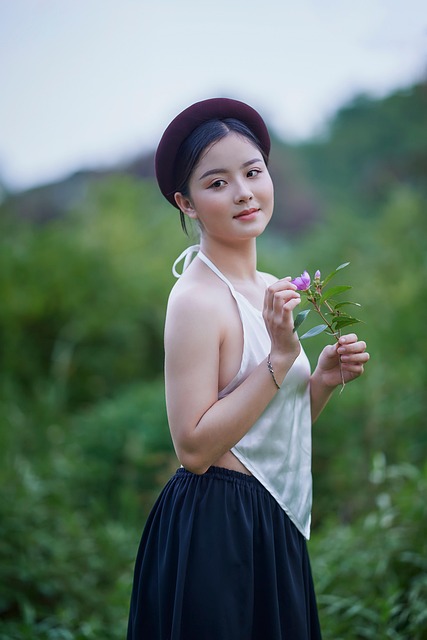Art galleries are vital components of real estate development, transforming buildings into cultural hubs that drive economic growth and community engagement. Their integration enhances property values, attracts visitors, and fosters local business growth, making them increasingly appealing to developers and investors in a competitive market. Gallery districts thrive as vibrant, diverse neighborhoods, encouraging foot traffic and boosting the overall appeal and value of surrounding properties.
“Unleash the transformative power of art, fashion, and cuisine in real estate development. This captivating exploration delves into the symbiotic relationship between creative spaces, boutique retail, and culinary artistry as key drivers of urban revitalization. Discover how art galleries cultivate vibrant communities, boutiques inject personality into neighborhoods, and culinary experiences elevate properties to desired destinations. From cultural hubs to local economies, these elements shape the modern real estate landscape.”
Cultivating Creative Spaces: Art Galleries in Real Estate

Art galleries play a pivotal role in cultivating creative spaces within real estate landscapes. They transform buildings into vibrant, cultural hubs where artists can showcase their work and art enthusiasts can appreciate it. The integration of galleries into urban or rural real estate not only adds aesthetic value but also contributes to economic growth by attracting visitors and fostering local tourism.
These spaces serve as catalysts for artistic expression, community engagement, and cultural exchange. They create a sense of place and identity, transforming ordinary buildings into destinations that tell stories through art. In the competitive real estate market, developers and investors are increasingly recognizing the appeal of art galleries as tenants, understanding their ability to enhance property values and elevate the overall living or visiting experience.
– Exploring the role of art galleries as cultural hubs and their impact on real estate development.

Art galleries play a pivotal role in urban landscapes, serving as cultural hubs that attract diverse crowds and spark creative conversations. Their presence significantly influences real estate development, transforming neighbourhoods into vibrant, artistic centres. The opening of a new art gallery can prompt a chain reaction, with adjacent properties adapting to cater to the growing arts scene. This may include boutique hotels, trendy restaurants, and unique retail spaces, fostering an atmosphere that combines culture, cuisine, and commerce.
The impact extends beyond immediate surroundings; art galleries contribute to a city’s overall allure, making it more attractive for businesses and residents alike. They enhance property values, drive foot traffic, and create a sense of community among locals and visitors, ultimately contributing to the dynamic and diverse nature of urban real estate development.
– How art galleries attract diverse audiences and elevate property values.

Art galleries play a pivotal role in cultivating diverse communities and boosting real estate values. They attract a wide range of visitors, from art enthusiasts to casual browsers, fostering a vibrant cultural scene that enhances the appeal of surrounding areas. The presence of art galleries can elevate property values by positioning neighborhoods as desirable destinations for those seeking an enriching urban lifestyle. Not only do these spaces showcase local talent and promote artistic expression, but they also inspire creativity, attract investors, and stimulate economic growth in nearby districts.
Additionally, art galleries contribute to the overall aesthetics and character of a neighborhood, making it more attractive to businesses and residents alike. The unique atmosphere created by gallery districts attracts tourists and locals alike, encouraging foot traffic and supporting other local enterprises, such as boutiques and culinary establishments. This interconnectedness of cultural amenities contributes to a thriving real estate market where properties in art-focused areas often command premium prices.






